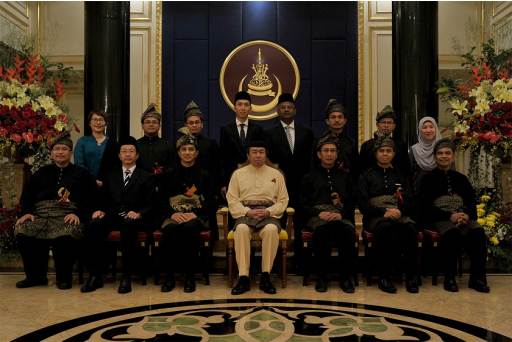The UI GreenMetric World University Ranking is an initiative of Universitas Indonesia which is being launched in 2010. As part of its strategy of raising its international standing, the University hosted an International Conference on World University Rankings on 16 April 2009. Since the last 4 years, UI GreenMetric has become one of the flagship programs of Universitas Indonesia that ranked universities throughout the world according to appointed indicators of campus environmental issues such as setting and infrastructure, energy, waste management, water, and transportation, and education. This ranking is one of the university’s efforts in promoting sustainability in campuses and also in involving stakeholders in any kind of effort to create a sustainable environment. This program was launched in 2010 and has been conducted four times, ranked 301universities from 61 countries around the world. In this ocassion, we would like to invite you to join the 2014 ranking.
http://greenmetric.ui.ac.id/ranking/year/2013
http://www.huffingtonpost.ca/2013/01/14/green-universities_n_2474391.html








































